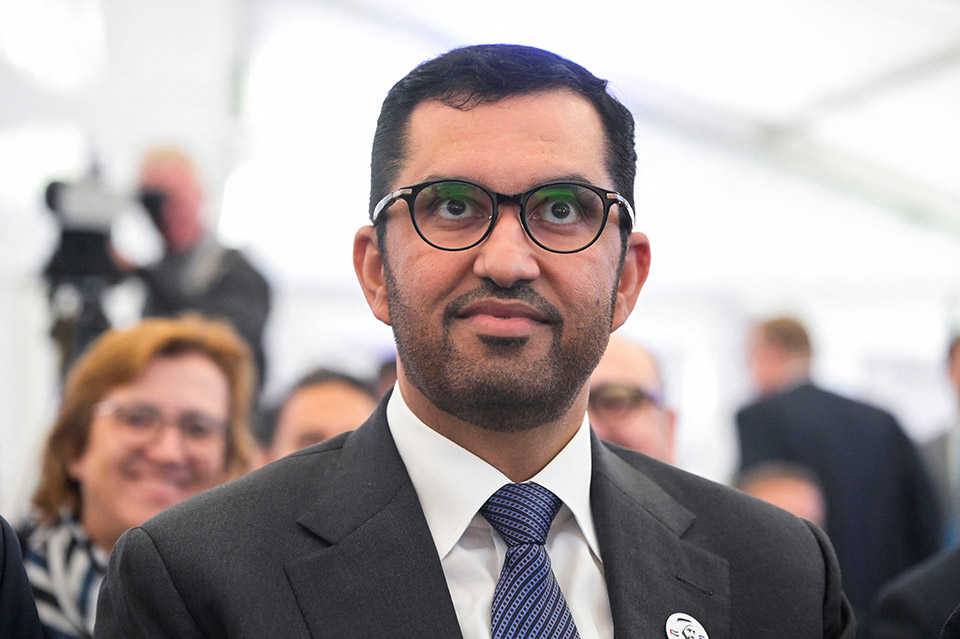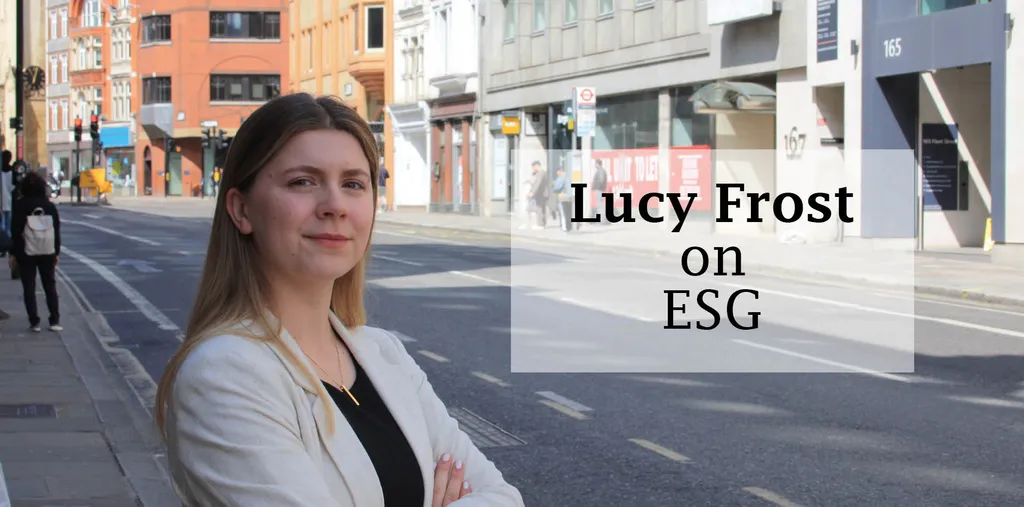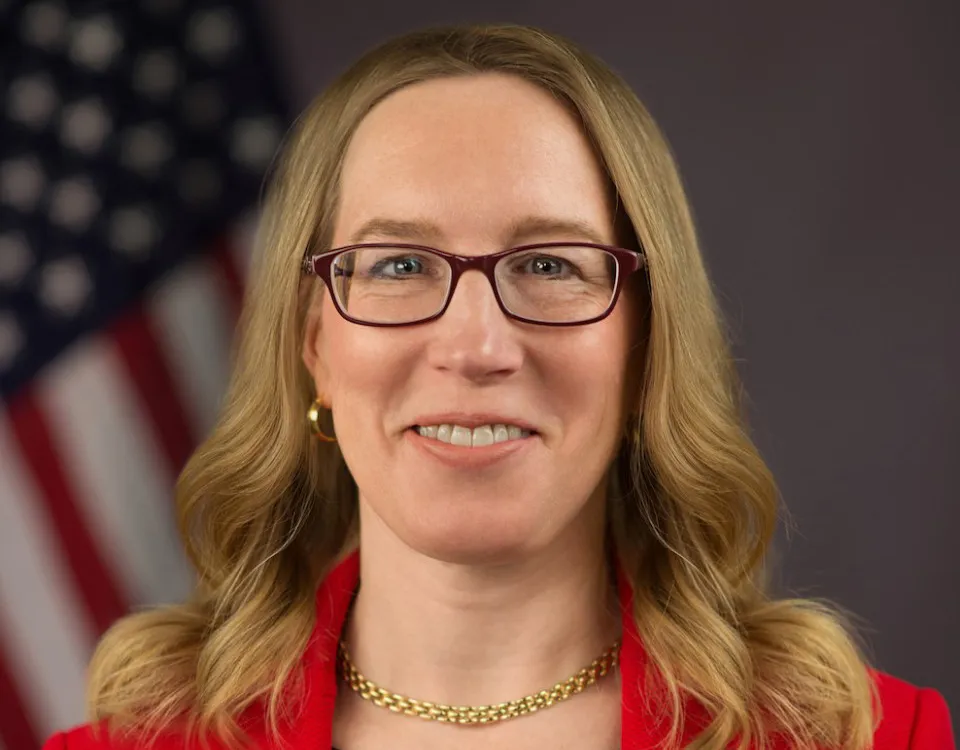The UK’s Financial Conduct Authority published its long-awaited policy statement on Sustainability Disclosure Requirements (SDRs) on November 28, setting out rules on how funds should market themselves to investors and the use of sustainability-related labels like environmental, social and governance, green and sustainable.
The new rules are expected to have a wide impact. The FCA says that they will affect some 630 funds that use the sustainability-related labels that are under scrutiny. And it thinks that only 45% will be able to back up their claims to its satisfaction and so will be able to continue using the labels once the regulation comes in.
Observers have praised the new rules for bringing more transparency to the market and tackling the ever-present threat of greenwashing.
The regulator decided well over a year ago not to follow directly in the footsteps of the European Union’s Sustainable Finance Disclosure Regulation (SFDR) in the creation of its own SDRs. And despite the acronyms looking similar, the FCA is doing a lot more than just cutting the F-word.
Messaging first
The EU’s SFDR was designed to be a disclosure regime, with Articles 6, 8 and 9 describing the various disclosures required about the types of funds. Article 6 describes funds that do not focus on sustainability, Article 8 describes those that promote some environmental and social investments alongside others, while Article 9 describes funds that specifically target sustainable investment.
The FCA’s SDRs are quite different, as they are first and foremost a labelling regime. The focus on marketing is so heavy that you would be forgiven for thinking that you had just read a new rule from the Advertising Standards Authority, not a financial regulator.
The rules don’t just come with information about whether you can call your fund green. The package includes a consultation on a new anti-greenwashing rule that would require all FCA-authorised firms to ensure sustainability-related claims are fair, clear and not misleading.
Once, the big bad wolf of sustainable finance was fossil fuels. Now the new baddy in town is called greenwashing
It is worth noting that the EU is itself mulling over whether to follow this more messaging-focused approach. It has launched a consultation on adding a labelling regime into its SFDR.
This might all look like a somewhat niche aspect of the technicalities of fund regulation, but it touches on an important theme of how the market and regulators approach sustainable finance.
Once, the big bad wolf of sustainable finance was fossil fuels. Now it is changing: the new baddy in town is called greenwashing.
There has been a segment of the market that has always viewed sustainable finance through the lens of messaging and reputation risk. Several large banks organise themselves so that sustainability functions report to the head of public affairs. Some chief sustainability officers (CSOs) hail from a public-affairs background rather than a more technical one for the same reason.
Oil chief
But this focus on messaging, reputational risk and greenwashing is taking up more attention than ever. Just look at COP28. Ten years ago, a COP conference taking place in an oil-economy country – led by the head of a national oil company, no less – would have been a worst-case scenario for sustainable finance protagonists.
They would have been understandably worried about the oil and gas sector having such a high level of influence in a conference that is supposed to be all about bringing countries together to transition away from fossil fuels.

COP28 is taking place in Dubai and the event’s president is Sultan Ahmed Al-Jaber, the chief executive of Abu Dhabi National Oil Company (Adnoc).
Ahead of the conference, various media cited leaked documents to report that the UAE intended to use the conference as an opportunity to make more oil and gas deals.
For some people, at least, fossil fuels no longer seem to be the number-one enemy of the ESG and sustainable finance world.
From a regulatory perspective, the messaging approach is nothing new. US regulators, for instance, have always approached their role in sustainable finance as more about policing marketing activity. They do not prescribe what makes something green or sustainable, but instead focus on ensuring that funds do what they say they will do.
In contrast, the EU, UK, Hong Kong and Singapore are among the jurisdictions that have developed policies to define what green means. But the latest decision from the FCA to make its SDRs more about messaging and the EU’s consultation on whether to follow suit are important shifts.
There are pros and cons to both approaches. A more policy-prescriptive approach can ensure greater harmonization in net-zero transition, and that funds earmarked for sustainable finance are being used in ways that are widely agreed to be sustainable.
But it also requires policymakers to come to a consensus on what green is, and as shown by the EU’s tortuous taxonomy debates, this is more easily said than done.
The taxonomy, which was intended as a science-backed list of the crème de la crème of green activities, ended up including things such as nuclear and natural gas, which may not be as environmentally damaging as fossil fuels but which many would consider to be transition activities at best, and certainly not green goals.
On the tin
And so more of a focus on messaging makes sense – is even somewhat inevitable. An understandable first step in sustainable finance was to develop more interest in ESG investment. A second was always going to be ensuring that products do what they say they will on the tin.
But we are far from having completed the first step. In many ways ESG investment has taken two steps forward and one step back, as the environment debate has become ever more politicised. We are not yet at the point where we no longer need regulators to be encouraging funds into sustainable finance.
For regulators, acting as a messaging policeman is the least controversial approach as it neatly fits a typical regulatory mandate of consumer protection.
Actively encouraging funds to contribute to the transition to net zero is different. Regulators may argue that this can fit into their financial stability mandate, by ensuring that funds are not left in stranded assets or that they face the risks that come with climate change.
That may be a less easy sell in terms of regulatory role, but sustainable finance also needs this kind of regulation. Stopping greenwashing won’t on its own lead to a net-zero transition or a more liveable planet.
And isn’t that meant to be the whole point of sustainable finance?




